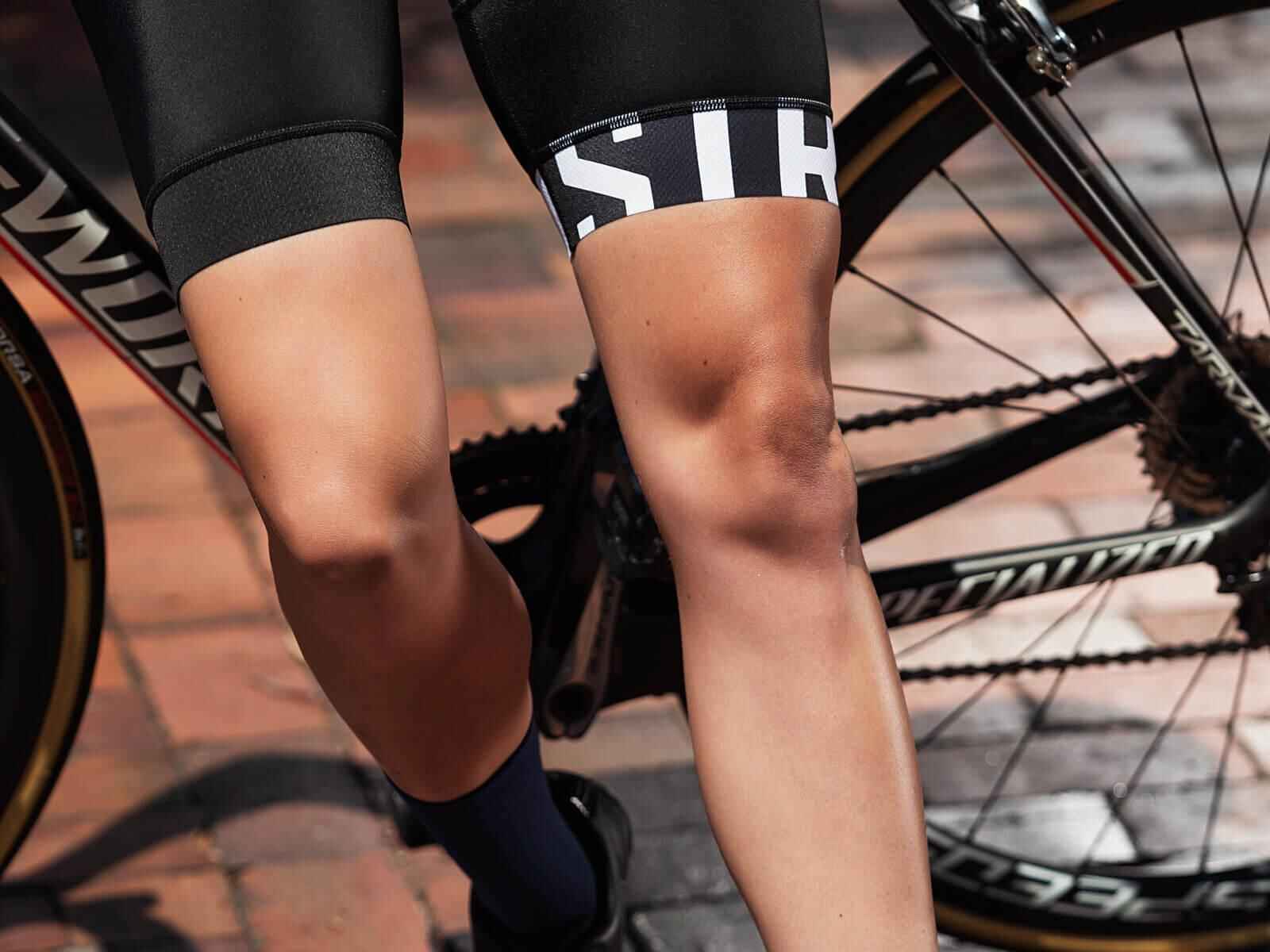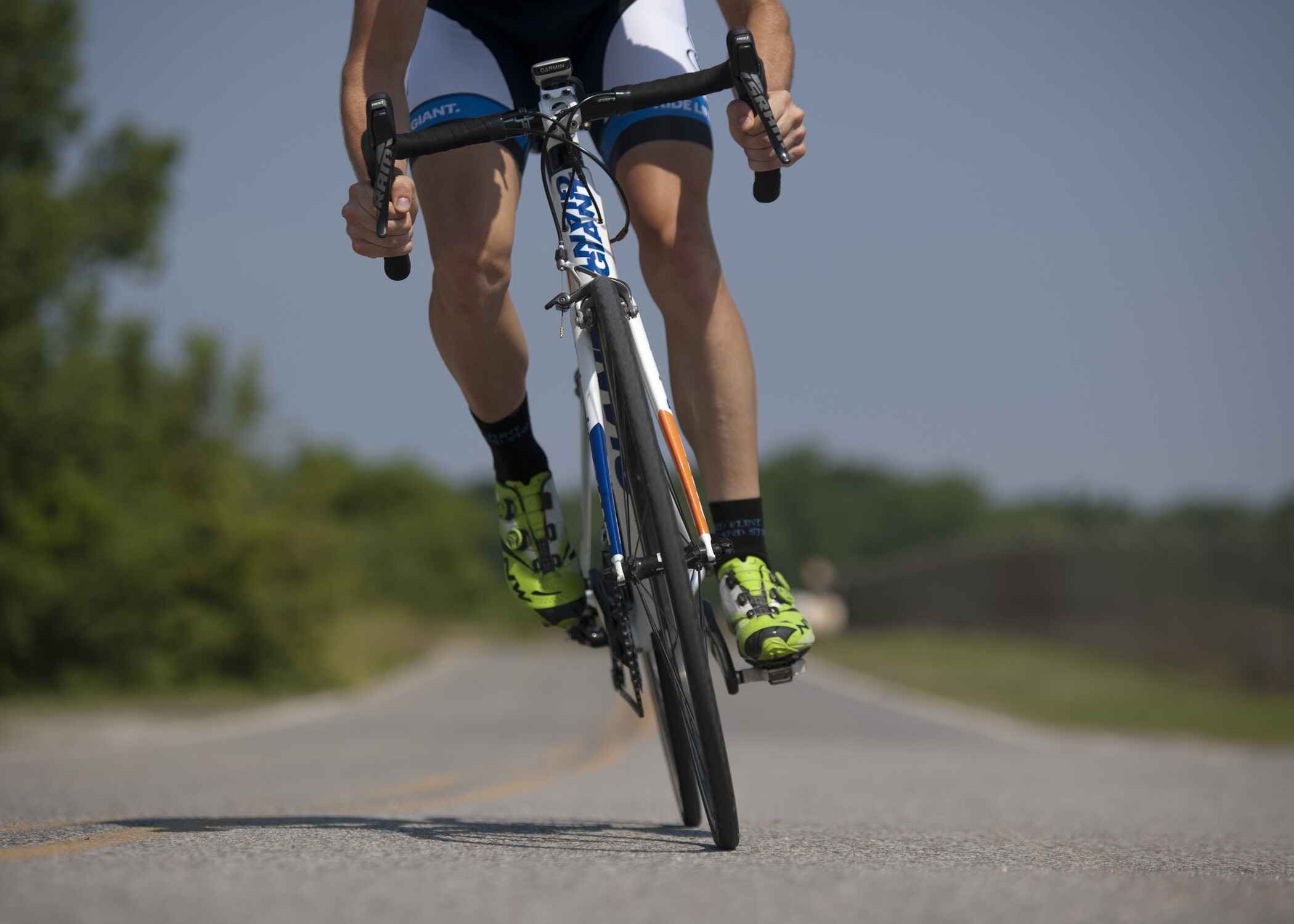Cycling is an excellent way to remain active while also seeing the great outdoors. However, as with any physical activity, it can come with its share of challenges. Cycling knee pain is a common issue for many riders. In this blog, we’ll delve into the reasons behind cycling knee pain and discuss when it’s crucial to seek guidance from a specialist. For relief from cycling-related knee pain, contact Specialty Care Clinics at (469) 545-9983.
Common Causes of Cycling Knee Pain
Cycling knee pain can often be traced back to overuse and overtraining. Pushing your body too hard or suddenly increasing the intensity and duration of your rides can strain the knee joints. Another primary factor contributing to cycling knee pain is an improperly fitted bike. A bike that doesn’t match your body’s proportions can lead to poor biomechanics, putting unnecessary strain on your knees. Inefficient pedaling techniques can increase the stress on your knees. If you’re not pedaling correctly, it can lead to imbalanced muscle usage and result in knee discomfort. If you have a history of knee injuries or underlying conditions like arthritis, these factors can make you more susceptible to cycling knee pain.
When to Take Cycling Knee Pain Seriously
If your knee pain persists even after taking a break from cycling, it’s a clear indication that something may be wrong. Swelling and inflammation around the knee joint can be a sign of an underlying issue. Difficulty in bending or extending your knee fully is a concerning sign. It suggests a possible issue that needs to be addressed. Unusual sounds like popping or clicking when you move your knee should not be ignored.
Consulting a Specialist for Cycling Knee Pain
An orthopedic specialist is a go-to expert for knee pain. They can diagnose the issue and recommend appropriate treatments, including physical therapy or, if necessary, surgical interventions. Physical therapists are experts in rehabilitative exercises and techniques. They can help you address muscle imbalances, improve your pedaling technique, and enhance knee joint stability. A bike fitting specialist can ensure your bike is tailored to your body’s unique dimensions. Proper bike fit minimizes the risk of knee pain by promoting correct posture and alignment.
Preventing Cycling Knee Pain
Gradually increase the intensity and duration of your rides to give your body time to adapt. Invest in a professional bike fitting to ensure your bike is tailored to your body. Work with a cycling coach or physical therapist to improve your pedaling technique and avoid unnecessary stress on your knees. Incorporate cross-training exercises to strengthen the muscles around your knees and improve overall knee joint stability. Pay attention to any discomfort or signs of knee pain. Don’t push through the pain; it’s your body’s way of telling you something’s wrong.
Your Knees, Your Responsibility
Cycling is a wonderful way to stay active, but it’s essential to prioritize your knee health. If you experience persistent cycling knee pain or any of the concerning signs mentioned, don’t hesitate to consult a specialist. They can help diagnose the issue, provide appropriate treatment, and get you back on your bike pain-free. Remember, it’s your responsibility to care for your knees, so you can continue enjoying the open road with every pedal stroke.


